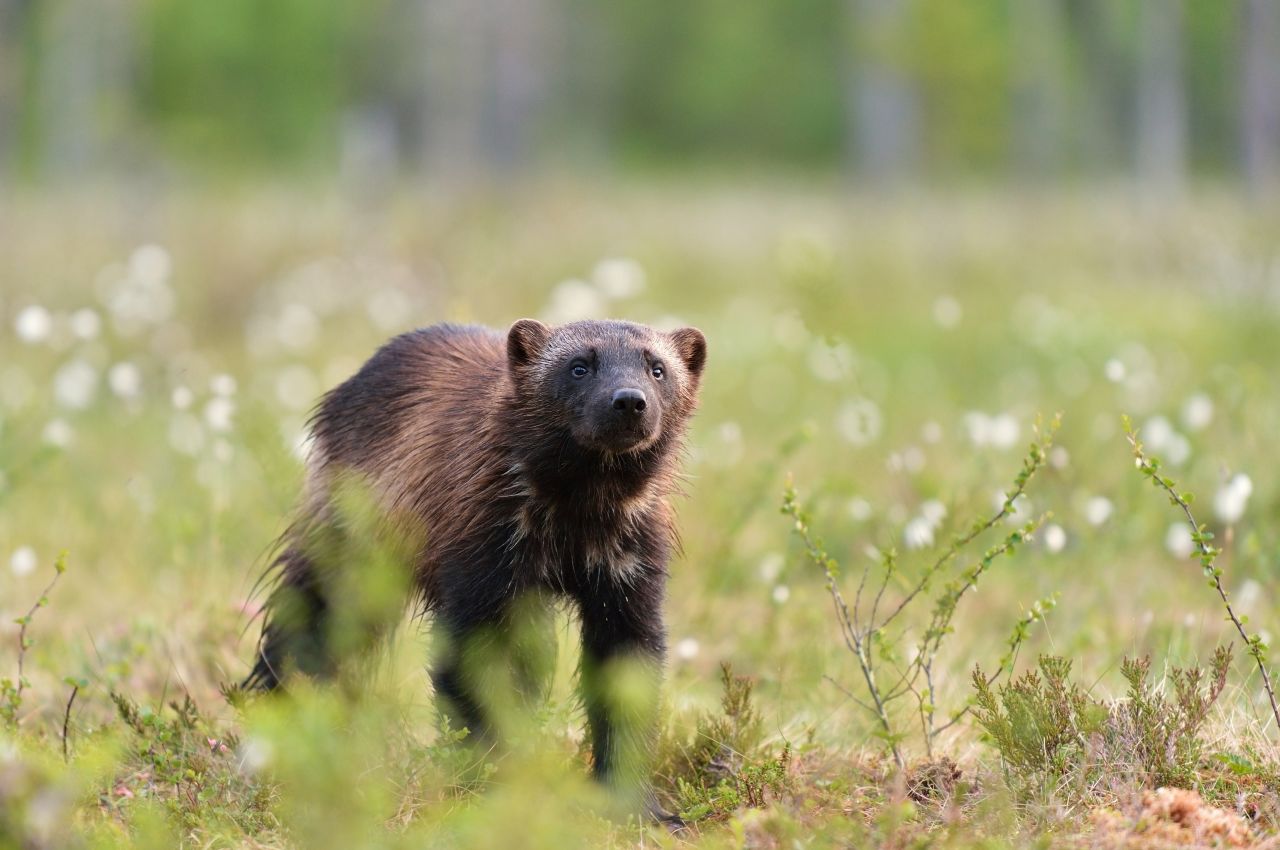Preserving biodiversity
Preserving biodiversity is at the core of the Domain's missions. As the guardians of a natural site that hosts an exceptional biodiversity, we have at heart to preserve and reinforce these natural treasures through a variety of habitat restoration projects. In addition to numerous conservation and reintroduction of European species programmes, the Park also participates in a variety of indigenous species preservation programmes, involving species that are naturally present on the site or in our region.
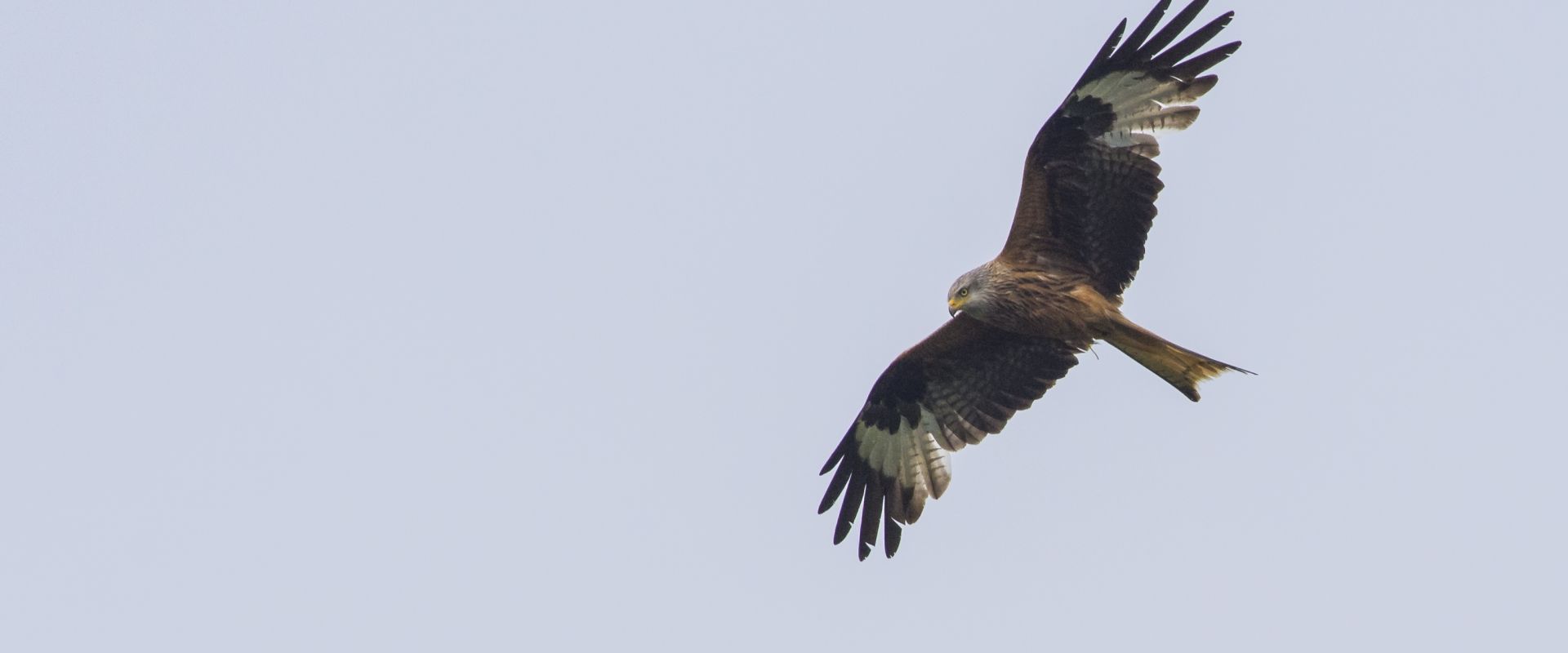
Bat maternity for the Lesser Horseshoe Bat
In collaboration with the Forestry Department and Natagora, the Domain built a bat maternity in the Tivoli's attic, located in the heart of the Wildlife Park. The Lesser Horseshoe bat is an extremely rare and endangered
species, with many individuals roosting on the Boine massif.
.jpg)
Smooth snake rescue centre
2017 was the year a native reptiles rescue centre was born, which enabled us to welcome 70 smooth snakes (small grass snakes), while rail works were carried out on their natural habitat, that is to say railroad tracks. Thanks to this rescue centre, several hundred smooth snakes were born and the young reptiles reintroduced to their natural habitat.
To this day, 883 individuals have been reintroduced to their natural habitat. This centre, which is subsidised by the Belgian railroad and the Walloon Public Service, will be used for similar projects in the near future.
.jpg)
Reintroduction of the Yellow-bellied Toad
In the 70's, biologists were convinced that this small toad had disappeared from our neck of the woods. But little did they know that a kind stranger had saved the last specimens in Belgium from the site of the Sart-Tilman.
Since then, a reintroduction programme for the yellow-bellied toad has seen the light of day, born from a partnership between Natagora, the Forestry Department and the army. In 2019, the Life in Quarries project initiated a collaboration between the Walloon Forestry Department, Natagora and the Domain of the Caves of Han. Their common goal was to start a reintroduction programme for this small toad with its brightly coloured belly, releasing the toads in quarries. Since 2020, 1.400 indviduals have been reintroduced to Wallonia. The artificial re-establishment of a new population of yellow-bellied toads will favour the species' redeployment!
.jpg)
Reintroduction of the European tree frog
The European Tree Frog is a small amphibian
that used to be found throughout most of Wallonia. It disappeared from the south of the country about 30 years ago after a long decline. Nowadays, we have been able to clearly identify the causes of its disappearance.
The Domain contributes to the Walloon tree frog reintroduction programme. This project, initiated by Natagora, aims to reintroduce the species in 4 different locations, of which one in the Gaume area and one in the Famenne. The Domain of the Caves of Han's mission is to take care of the spawns (clusters of eggs) that have been collected in still flourishing frog sanctuaries located in Flanders. After hatching, the tadpoles are put into tanks until their complet metamorphosis. The young frogs are then reintroduced to selected milieus. In 2022, 2.000 individuals born on the Domain were released in their natural habitats in Gaume and in the Famenne.
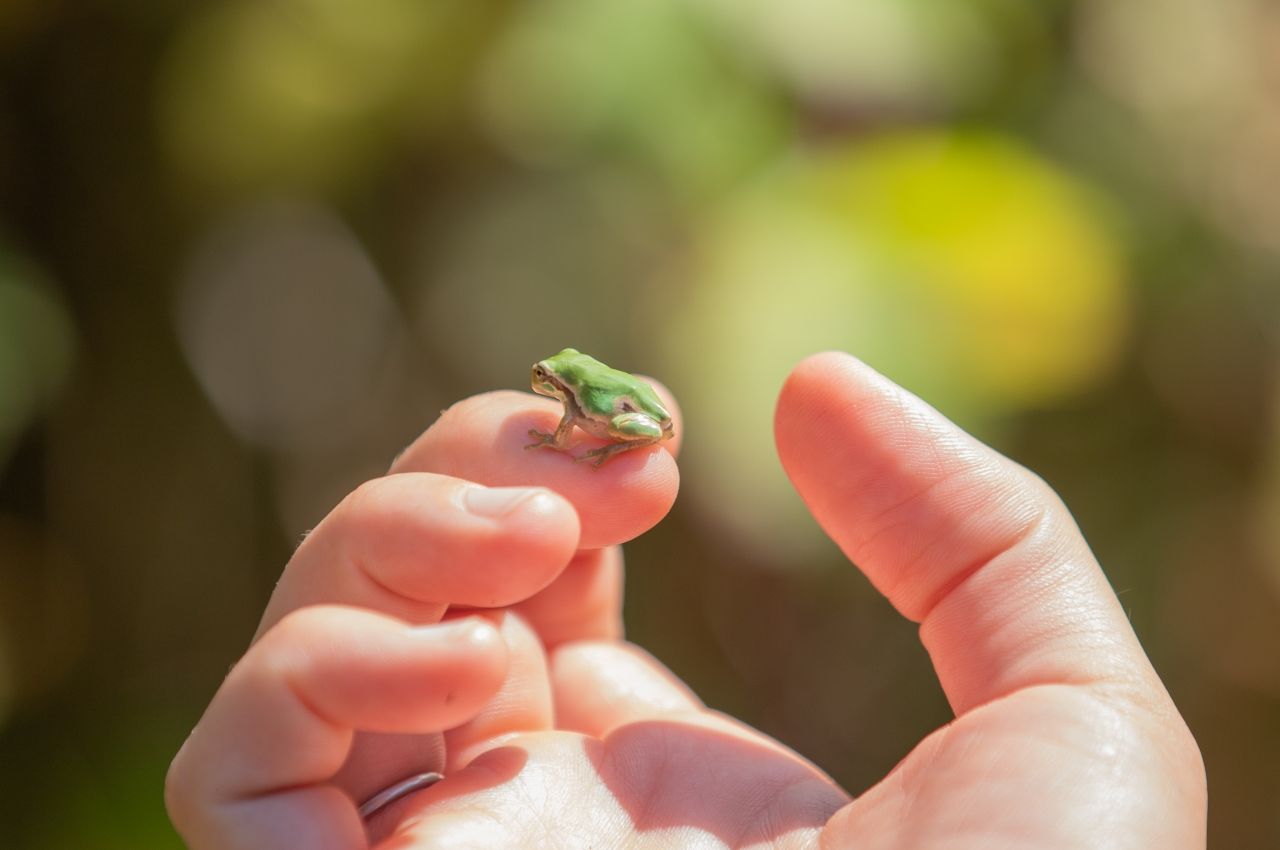
Reinforcing the white stork population in the Famenne area
The Domain of the Caves of Han, with the help of the Royal Belgian Institute of Natural Sciences, has initiated a white stork breeding programme, in order to reinforce the existing stork population in the wild. In the Famenne area, where grasslands cover approximately 45 % of the territory, the area surrounding the Domain is particularly favourable to the species, with large surfaces of grasslands running through the valleys.
In 2022, the first 2 specimens left the Domain at the end of summer, in order to undertake their first migration.
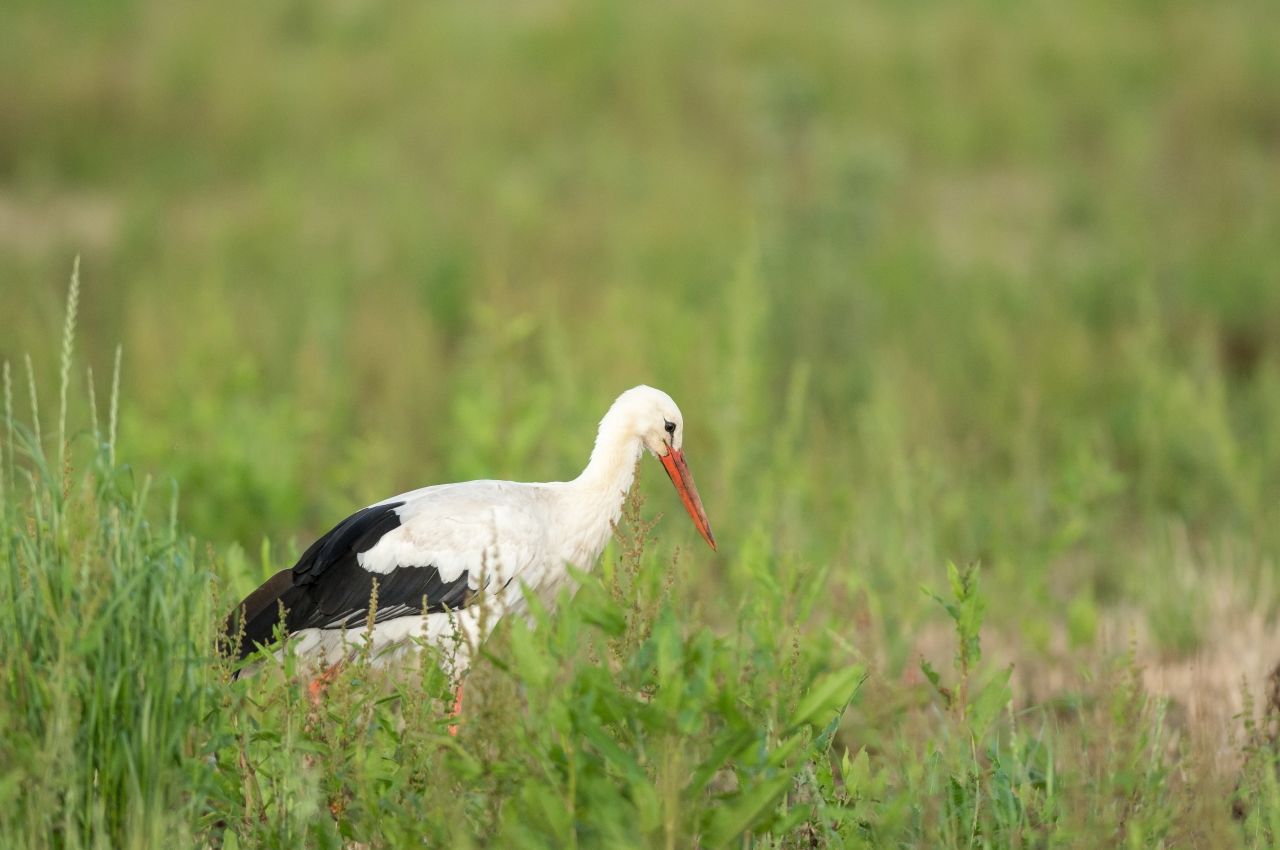
Inventory of native species
The 250 hectares Park is home to an exceptionally rich natural biodiversity numbering several thousands of vegetal and animal species, some of which are extremely rare, such as the Lesser Horseshoe bat and the Scotch Argus (butterfly), but also foxes, badgers, kingfishers, herons, squirrels...
The Park works closely with several scientific associations in order to inventorise and monitor the many species that populate the site. In June 2017, the Natagora experts carried out a vast wildlife counting in the Park, as part of the “1.000 species Day”, with a variety of activities allowing the public to discover the incredible richness of the site's biodiversity. Natagora's counting numbered over 1.600 different species on a small plot of land!
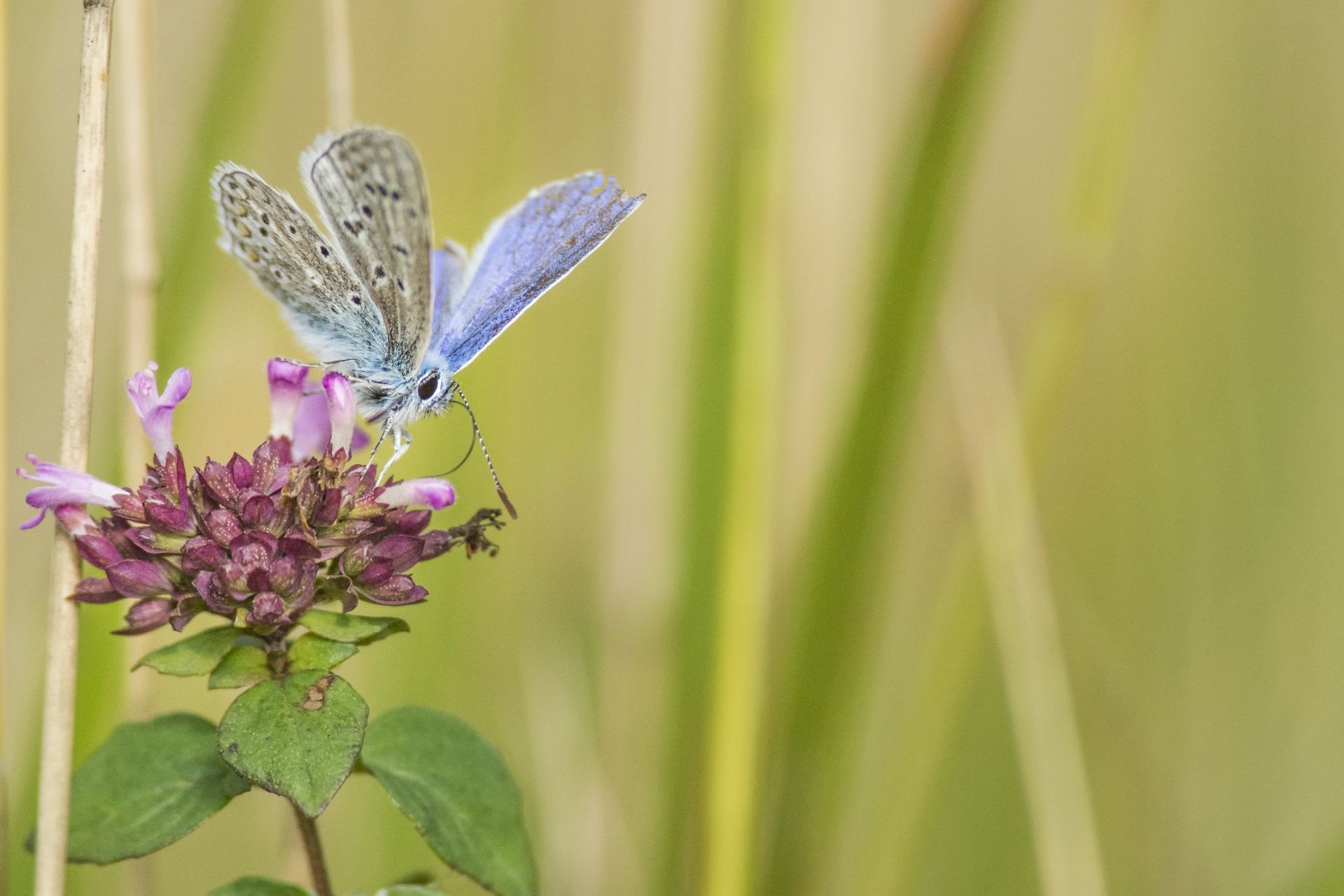
Monitoring and ringing of the bird and crow family
Thanks to the means made available to ornithologists from the Belgium Institute of Natural Sciences, hundreds of birds of prey, large crows and small crows are regularly monitored allowing scientists to gather knowledge on bird dispersion, eventual diseases, or even causes of death among birds.
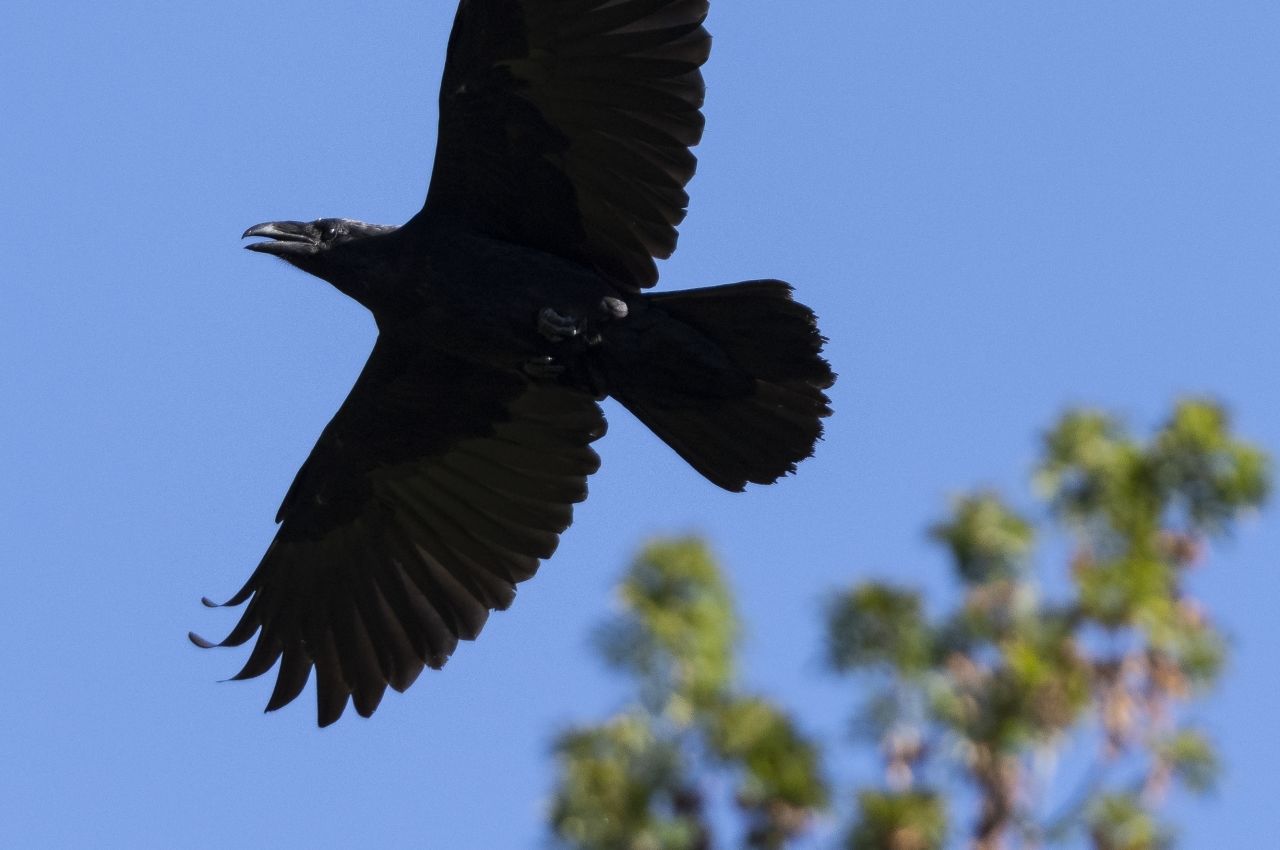
The Cave of Han, a high-class bat hotel for ten different bat species
This is the conclusion of the annual bat counting in the Cave of Han, carried out in collaboration with Plecotus, Natagora’s bat expertise section. Ten different species were observed with a total of 409 individuals!
In 2020, following the lockdown, a colony of Lesser Horseshoe bats, one of the most threatened species in Belgium, settled in the Trou d’Enfaule, the underground entrance to the speleo quest (a spelunking trail). In order to make sure the bats weren't disturbed, the Domain decided to close the access to the Cave. Every year since then, the female bats use the Cave as a maternity roost so they can give birth and then raise their young. We're not quite sure how many bats are in the colony, but 20 seems a realistic guess.
.jpg)
Observing the eagle-owls
One of the Domain's projets is to allow its visitors to discover the secrets of its wildlife. For over 7 years, a couple of wild eagle-owls has been nesting in the same place on the Faule Rocks, in the heart of the Wildlife Park. After a technical feasibility study and countless precautions in order to avoid disturbing the birds, an observation camera, called “The Bubocam” and pointing towards the nest was placed in the cliff. And the result is exceptional!
The project is a first in Europe for the species! In 2022, the camera filmed the fabulous story of the eagle-owl's cycle of life day and night! We were able to admire the male's courtship ritual, the mating, the egg-laying, the brooding, the egg-hatching and the life of the fledglings until they take flight! All these images are shared with the public on the Instagram page “Secrets of Wildlife”:
.jpg)
Preserving biotopes
Several habitat restoration projects have been put into place in partnership with the DNF (Belgian Forestry Departement) and naturalist assocations. The aim is to encourage the Wildlife Park's native biodiversity:
- Restoration of 1,1 ha plot of calcareous grassland (a.o. preservation of the Scotch Argus butterfly);
- Creation of a 2,1 ha traditional fruit orchard to provide better foraging opportunities for the Lesser horseshoe bat and other bat species.
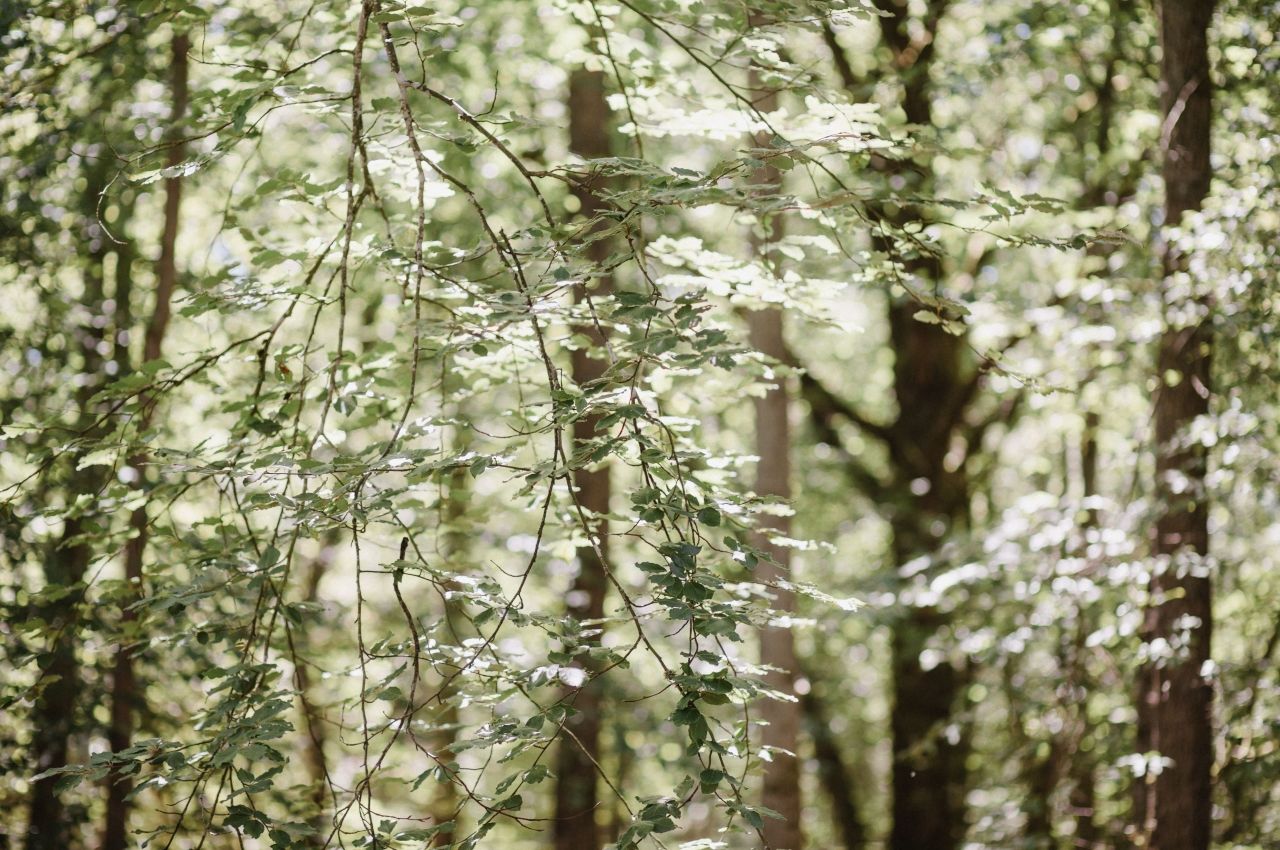
Species preservation
Many European fauna species are threatened with extinction, due to human activity as well the major loss of natural habitat. By welcoming these species to our Park in order to encourage their reproduction as part of the EEP or EAZA Ex-situ breeding programmes (EAZA = European Association of Zoo and Aquaria), we contribute to the continuation of the species.
We also take an active part in several species reintroduction programmes, which are coordinated by international species preservation organisations.
